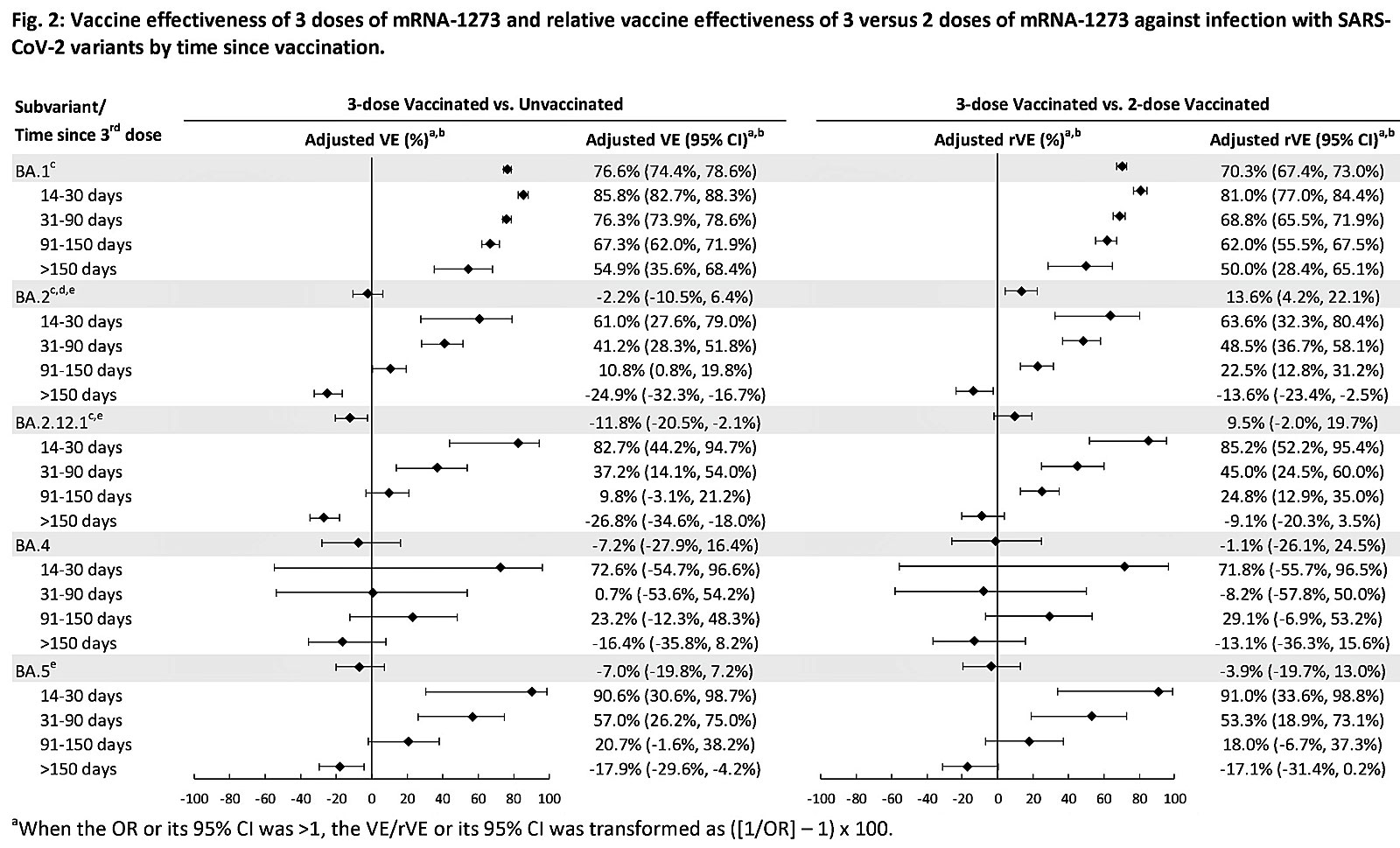Even Kaiser Admits It — Your Risk of Getting COVID Increases With Each Shot
Is Kaiser Permanente, which is both an insurance company and a healthcare provider company, starting to worry about the amount of excess illness it’s seeing?

By Meryl Nass, M.D., The Defender
EDITOR’S NOTE: Yesterday, the hack government attorney was given 2:18:00 to harass Dr. Nass with rambling, poorly informed and poorly formed questions.
Dr. Nass’s attorney was only give 1:07:00 – less than half the time – to present Dr. Nass’ evidence.
You can watch it here: Meryl Nass MD hearing
An example of the kinds of articles Dr. Nass writes
Kaiser Permanente is both an insurance company and a healthcare provider company. It negotiates with employers once a year to set its health insurance rates.
I wonder if Kaiser started getting worried at the amount of excess illness it was seeing. Once people are too sick to work, they lose their health insurance.
But what if they are somewhat sick, but keep working? What if their chronic, mystery illnesses consume a larger amount of medical care than Kaiser bargained for?
Kaiser might be willing to do a little truth-telling as it tries to calculate who is going to pay for this unexpected hit, which presumably did not stop in 2021, but continues apace.
Daniel Horowitz wrote an article on this topic for the Conservative Review and alerted me to a Kaiser preprint study, published Oct. 1. On page 30, you can see the table (below) that shows how well three shots worked for more than 120,000 Kaiser enrollees who were tested for COVID-19 during Omicron.
Kaiser did something unusual: It actually sequenced 16,418 positive COVID-19 samples to determine the Omicron subvariant with which the enrollees were infected.
What it found was that in 4 of 5 Omicron subvariants, by 150 days (five months) post-shot, efficacy had fallen into negative territory, and Kaiser’s thrice-vaccinated enrollees were more likely to get COVID-19 than the unvaccinated.
 Credit: Hung Fu Tseng, Bradley K. Ackerson, Katia J. Bruxvoort, Lina S. Sy, Julia E. Tubert, Gina S. Lee, Jennifer H. Ku, View ORCID ProfileAna Florea, Yi Luo, Sijia Qiu, Soon Kyu Choi, Harpreet S. Takhar, Michael Aragones, Yamuna D. Paila, Scott Chavers, Lei Qian
Credit: Hung Fu Tseng, Bradley K. Ackerson, Katia J. Bruxvoort, Lina S. Sy, Julia E. Tubert, Gina S. Lee, Jennifer H. Ku, View ORCID ProfileAna Florea, Yi Luo, Sijia Qiu, Soon Kyu Choi, Harpreet S. Takhar, Michael Aragones, Yamuna D. Paila, Scott Chavers, Lei Qian
VE stands for vaccine efficacy (effectiveness). The vertical lines are at the zero efficacy mark.
You can see how efficacy drops quickly from the 14-30 days post-shot (which is the brief honeymoon period when the shots actually work), lower at one to three months, lower still at three to five months and after that you are screwed.
All the dots to the left of the line show negative efficacy — that is when you become more prone to getting a COVID-19 infection.
After five months, people were more likely to get a case of Omicron BA.2, BA.2.12.1, BA.4 and BA.5 if they had been vaccinated. Each gray bar starts a new subvariant.
There are two graphs in the above chart. The one on the left compares the triple-vaxxed to the unvaxxed, while the graph on the right compares the triple-vaxxed to the double-vaxxed.
Even worse for the boosted, it seems that those with three shots are at more risk of COVID-19 after five months than those who only got two shots (this is on the right side of the graph).
So please stop. It gets worse with each jab.
Originally published on Meryl Nass’s Substack page.
The views and opinions expressed in this article are those of the authors and do not necessarily reflect the views of Children’s Health Defense.
This article was originally published by By Meryl Nass, M.D., The Defender: https://childrenshealthdefense.org/defender/kaiser-risk-covid-vaccine/?utm_source=salsa&eType=EmailBlastContent&eId=87821b4d-07a2-4ce0-9cfb-b41f55884b9a


